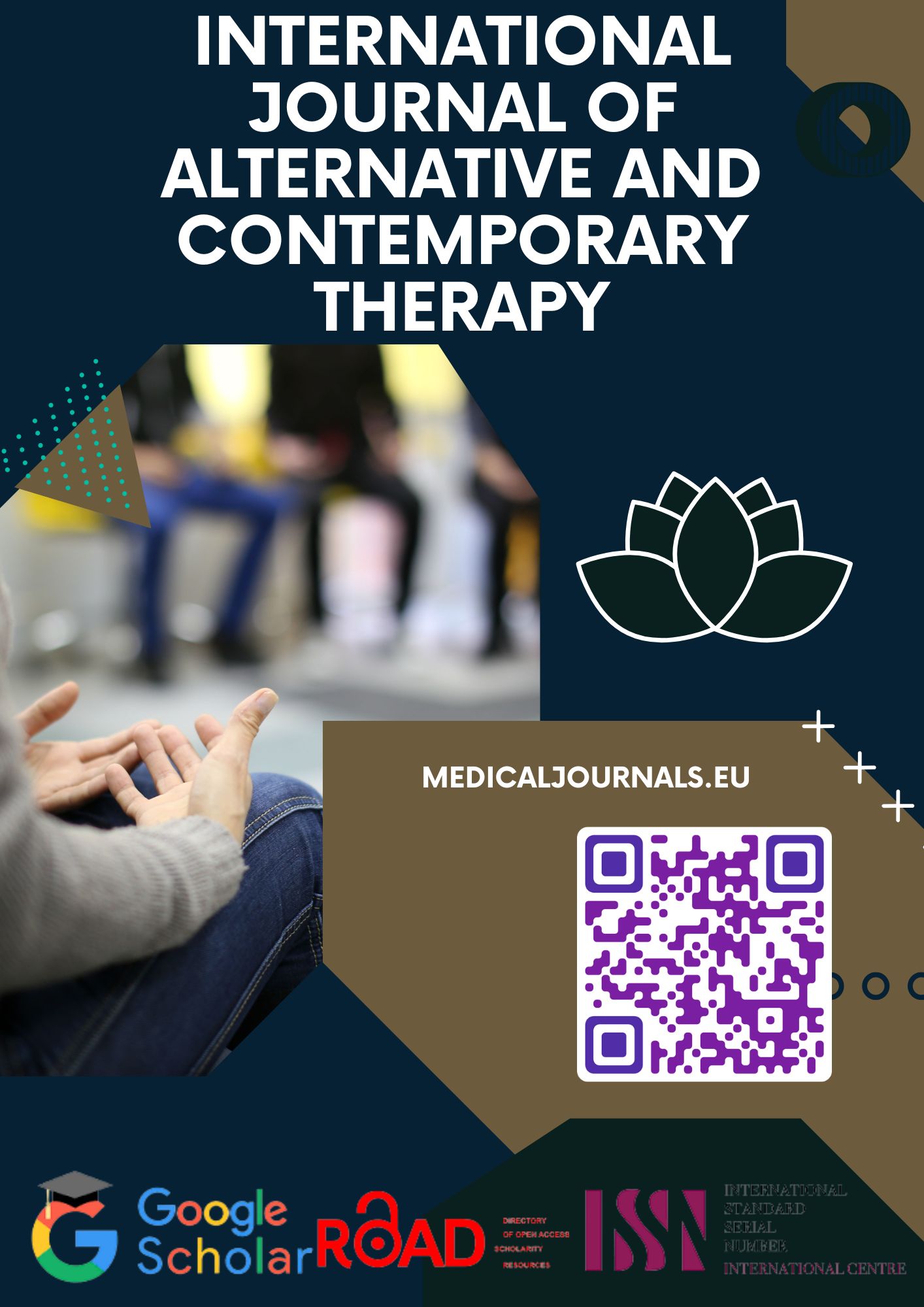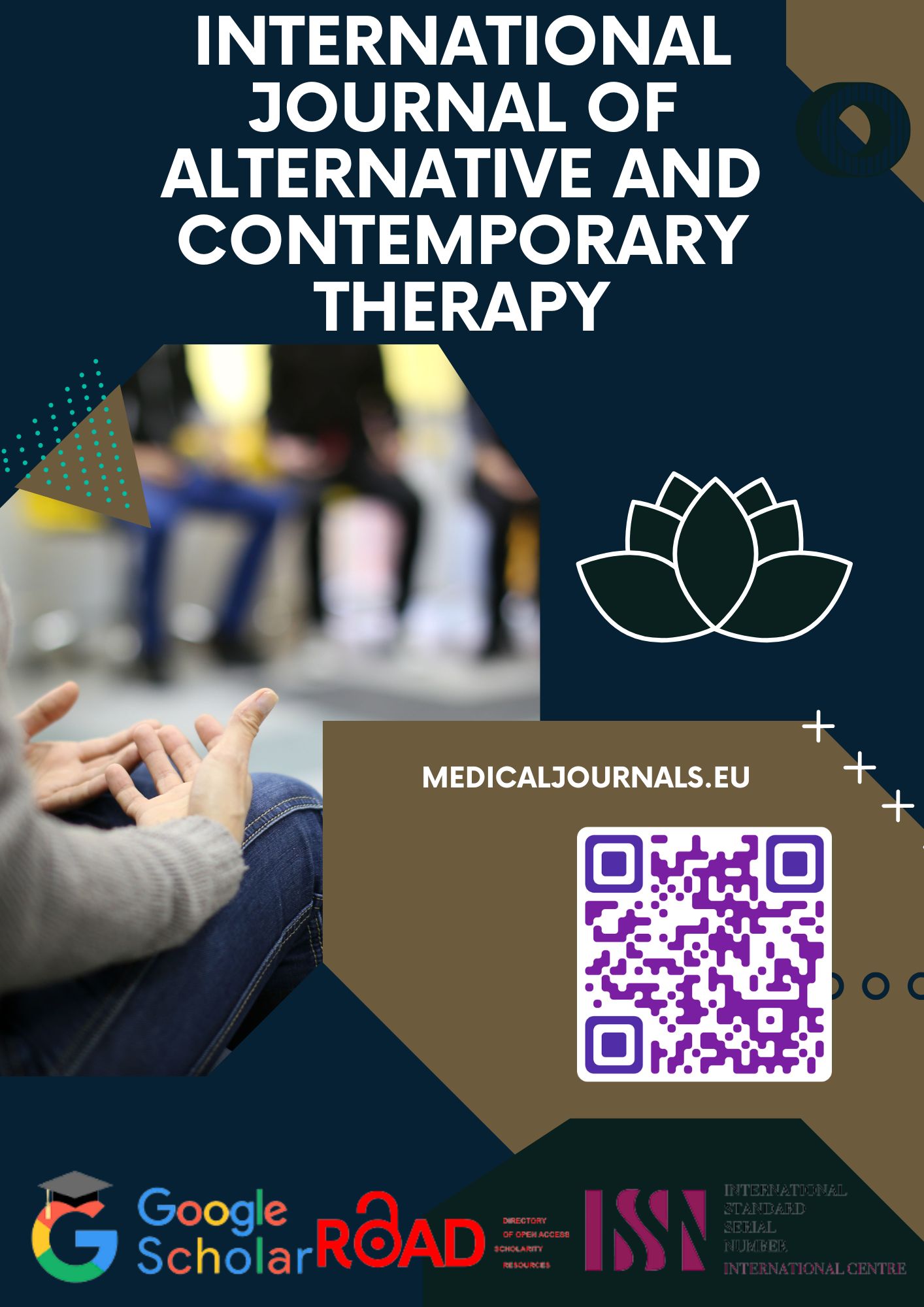Experimental Evaluation of the Anti-Adhesion Activity of Sodium Carboxymethylcellulose-Based Hydrogel
Keywords:
abdominal adhesions, hydrogel, carboxymethylcellulloseAbstract
Purpose of the study. To evaluate the ant proliferative effect of a Na-CMC (carboxymethylcellullose) hydrogel in modulating the adhesion process in the abdominal cavity using experimental models with white rats.
Materials and methods. The experiment was conducted on 100 mature outbred female rats weighing 160-180 grams. The adhesion process in white rats was induced using a standard method: under general anesthesia, a midline laparotomy was performed, the cecum was brought out into the wound, and the adhesion process was modeled by deserosalizing the cecum with a gauze pad.
Results: The study demonstrated that the use of Na-CMC-based hydrogels significantly reduces the severity of the adhesion process in the abdominal cavity. The 3.5% hydrogel, in particular, was found to be especially effective, showing the least severity of adhesions on both the 7th and 10th days.
Conclusion: This study confirmed that Na-CMC-based hydrogels effectively reduce the severity of the adhesion process in the abdominal cavity.
References
Andreev AA, Ostroushko AP, Kiryanova DV, Sotnikova ES, Britikov VN. Adhesive disease of the abdominal cavity. Vestnik eksperimental'noi i klinicheskoi khirurgii. 2017;11(4):320-326.
Ayushinova NI, Shurygina IA, Grigoryev EG. Scale for assessing the severity of abdominal adhesions. Acta biomedica scientifica. 2017;2(6):96-99.
Batmanov YE, Evgrafov VY, Guliev FV. Problems of modern glaucoma surgery. Vestn oftal'mol. 2008;(4):53-55.
Gorbunova KS, Novikov SV, Shatskih AV, Takhchidi EKh. Antiproliferative effect of a complex of sulfated glycosaminoglycans in scleral wound healing. Materialy nauchno-prakticheskoi konferentsii «Aktual'nye problemy oftal'mologii». Moscow; 2011:79-88.
Zvyagin IN, Frolova OG, Lipatov VA, et al. The influence of drugs deposited in the mesogel on its anti-adhesion activity in the experiment. Sovremennye problemy nauki i obrazovaniya. 2018;6.
Kurysheva NI, Gankovskaya JI, Kovalchuk JI, et al. Immunological aspects of excessive scarring of eye tissue after antiglaucomatous operations. Materialy III Evro-Aziatskoi konf. po oftal'mokhirurgii. Ekaterinburg; 2003:79-80.
Lazarenko VA, Sukovatykh BS, Bezhin AI, et al. The first experience of using the anti-adhesion absorbable polymer agent “Mesogel” for acute appendicitis. Kurskii nauchno-prakticheskii vestnik «Chelovek i ego zdorov'e». 2011;1:51-55.
Lebedev OI, Yavorsky AE, Stolyarov GM, et al. Prevention of excess scarring during non-penetrating deep sclerectomy. Glaukoma. 2011;(1):32-36.
Lutsevich OE, Akimov VP, Shirinskiy VG, Bichev AA. Adhesive disease of the peritoneum: a modern view of pathogenesis and treatment. Khirurgiya. Zhurnal im. N.I. Pirogova. 2017;10:100-108.
Mukazhanova AS, Sangilbayeva ZO. The problem of excessive scarring after antiglaucomatous operations (literature review). Kazakhstan oftal'mologiyalyk zhurnaly. 2016;1-2:40-43.
Schreinemacher MH, Ten Broek RP, Bakkum EA, et al. Adhesion awareness: A national survey of surgeons. World J Surg. 2010;34(12):2805-2812.
Snaunak S, Thomas S, Gianasi E, et al. Polyvalent dendrimer glucosamine conjugates prevent scar tissue formation. Nat Biotechnol. 2004;22(8):977-984.








